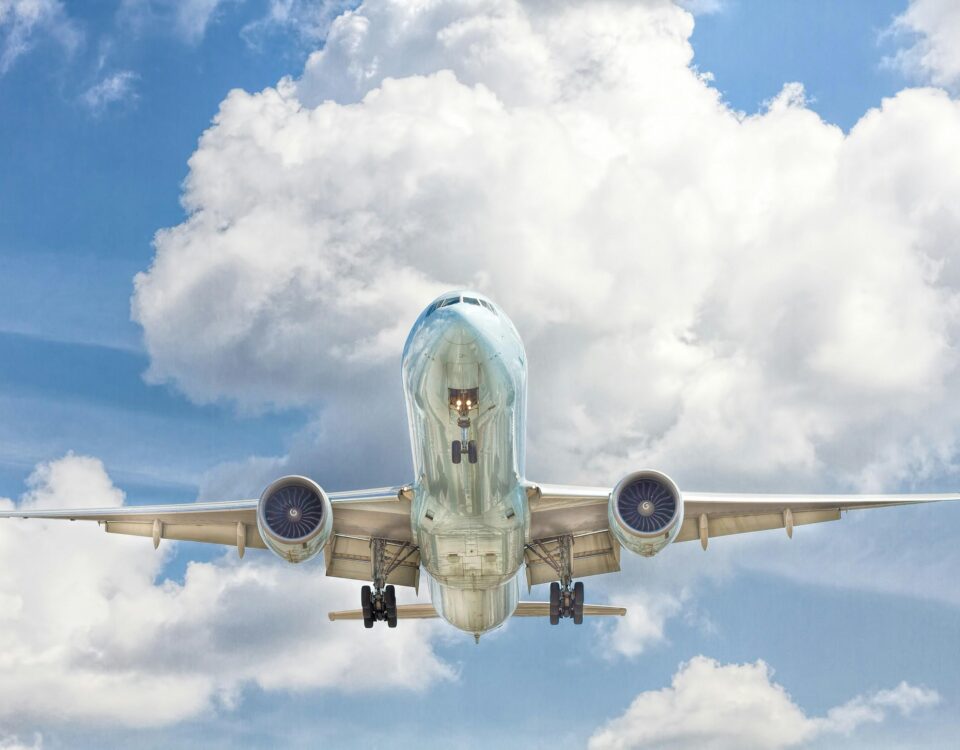
Life on a Table
March 9, 2016
Namibia to conserve Albatrosses and Petrels
March 14, 2016Compiled Sanet van Zijl
Namibia Future Farming (NFF) recently celebrated their launch at Dagbreek Special School in Windhoek by installing 12 aquaponic units at the school. This is is NFF’s third aquaponics growing centre at Dagbreek.
Aquaponics combines hydroponics – which is a method of growing plants in water (without soil), and aquaculture – breeding aquatic organisms. This combination creates a symbiotic environment where the organic matter excreted by the fish is used to feed the plants. The plants in turn filter and clean the water that the fish live in. Vegetables, fruit and various ather plants can be grown in aquaponic systems.
The introduction of aquaponic systems in Namibia can change the game of agriculture in Namibia completely. It is something that crop farmers in the country should seriously consider, especially now that the country is experiencing a period of extended drought.
Aquaponics uses considerably less water than traditional agricultural practices. It is estimated that it uses 90% less water than soil-based agriculture. The system recycles the same water continuously, which means that less water is lost. The only water lost is through evaporation and transpiration from plant leaves. The plants purify the water, which allows for the water to be re-used.
Aquaponics is ideal for Namibia, as the climate and environmental conditions do not limit the operation of these systems. Not only can aquaponics be beneficial to agriculture, but it can also be a solution to the problem of malnutrition in the country.
There is less root competition with this form of agriculture. This means that plants grow faster and often need half the space that soil gardening uses. It could give local food cultivation to new levels, providing fresh food on our doorstep. Aquaponics is adaptable, it can be used in urban environments where space is limited, in any shape or size. The system also eliminates weeds. It is time-efficient – time is saved on watering, weeding and digging and the system is self-regulating.
Last year the Finnish Embassy and various other sponsors donated more than N$2 million towards this project. The introduction of these systems at Dagbreek means that many of their problems will be solved now too. The school has had a vegetable garden for a long time, but with the looming water crisis, keeping the vegetables alive became an issue. The school uses the fruits and vegetables grown in the garden to feed learners that stay in their hostel. They also sell a portion of their fresh produce at local markets.
Learners at the school will learn new skills through the installation of aquaponics at the institution. These skills could provide them with job opportunities that they did not have before.
The concept can be applied to community projects, domestic scale or personal projects and anyone can manage it – physically impaired individuals, the elderly or very young.

An aquaponics system. Photo ©Ryan Griffis

Photo ©Charlie Vinz



2 Comments
I interested to know how this system works, where can I get information?
My son is very much interested in aquaponics systems. Where in namibia can he do such a course or get info.